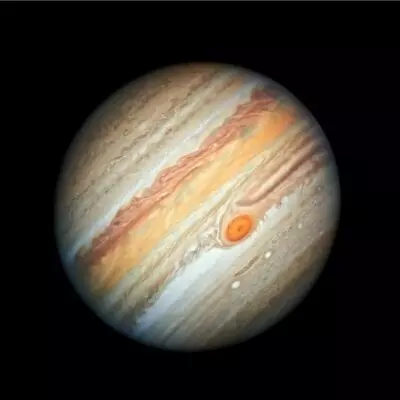
Jupiter to be closest to the Earth in 70 years on Sep 26
text_fieldsWashington: Jupiter is about to make its closest approach to Earth in the past 70 years. On September 26, when Jupiter reaches opposition, astronomers can look forward to seeing the giant planet at its best.
When an astronomical object rises in the east and the Sun sets in the west, the Sun and the object are on opposite sides of the Earth from the perspective of the surface of the planet. This is known as opposition.
Jupiter's opposition occurs every 13 months, making the planet appear larger and brighter than any other time of the year. But that's not all.
"Jupiter's closest approach to Earth rarely coincides with opposition, which means this year's views will be extraordinary," NASA said in a statement late on Friday.
At its closest approach, Jupiter will be approximately 365 million miles in distance from Earth.
The planet is approximately 600 million miles away from Earth at its farthest point.
"With good binoculars, the banding (at least the central band) and three or four of the Galilean satellites (moons) should be visible," said Adam Kobelski, a research astrophysicist at NASA's Marshall Space Flight Center in Huntsville, Alabama.
"It's important to remember that Galileo observed these moons with 17th-century optics. One of the key needs will be a stable mount for whatever system you use," he noted.
Kobelski recommends a larger telescope to see Jupiter's Great Red Spot and bands in more detail -- a four-inch-or-larger telescope and some filters in the green to the blue range would enhance the visibility of these features.
According to Kobelski, an ideal viewing location will be at a high elevation in a dark and dry area.
Jupiter has 53 named moons, but scientists believe that 79 have been detected in total.
The four largest moons -- Io, Europa, Ganymede and Callisto -- are called the Galilean satellites.
NASA's Juno spacecraft, which has been orbiting Jupiter for six years, is dedicated to exploring the planet's surface and its moons.
Scientists believe studying Jupiter can lead to breakthrough discoveries about the formation of the solar system.
With inputs from IANS























